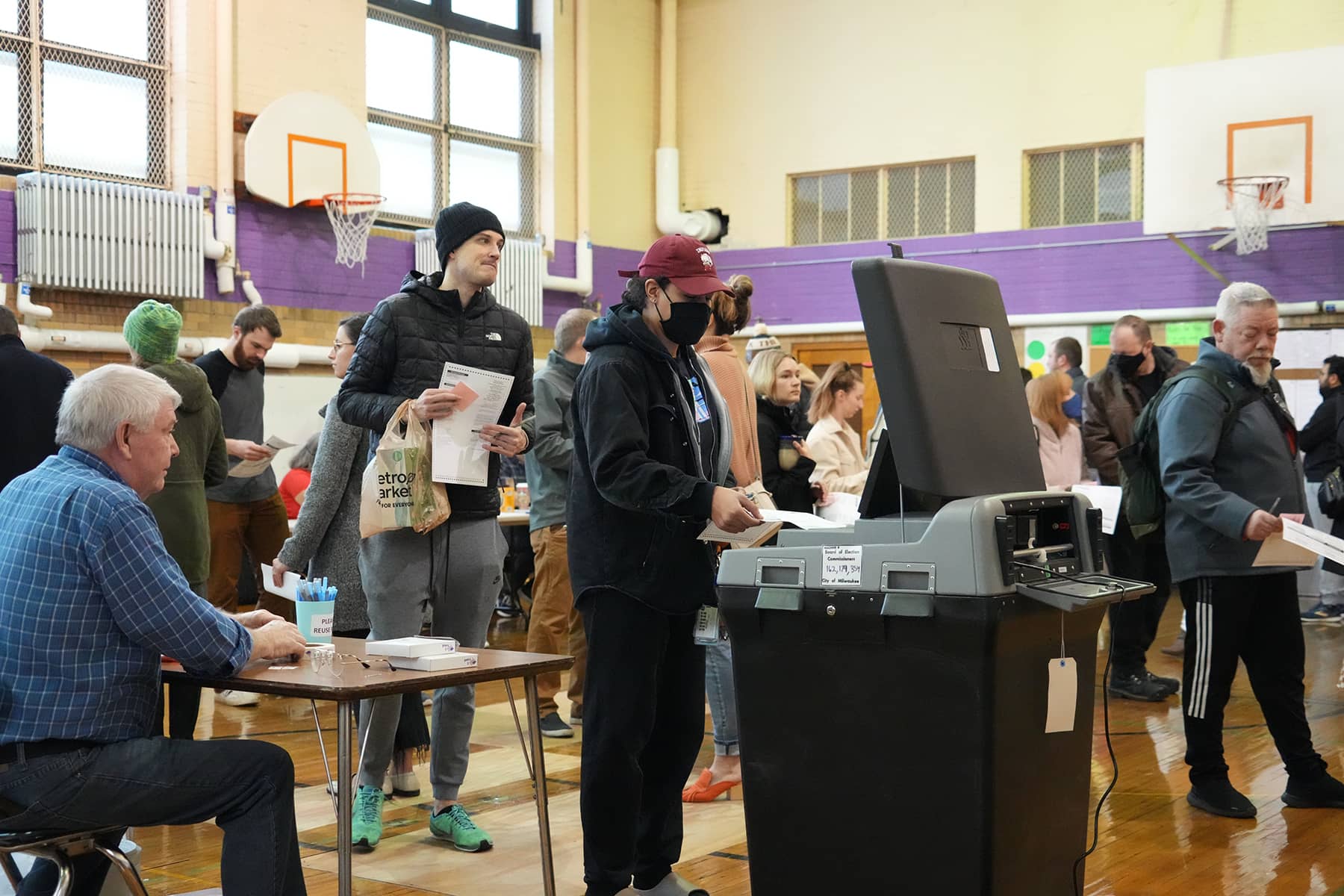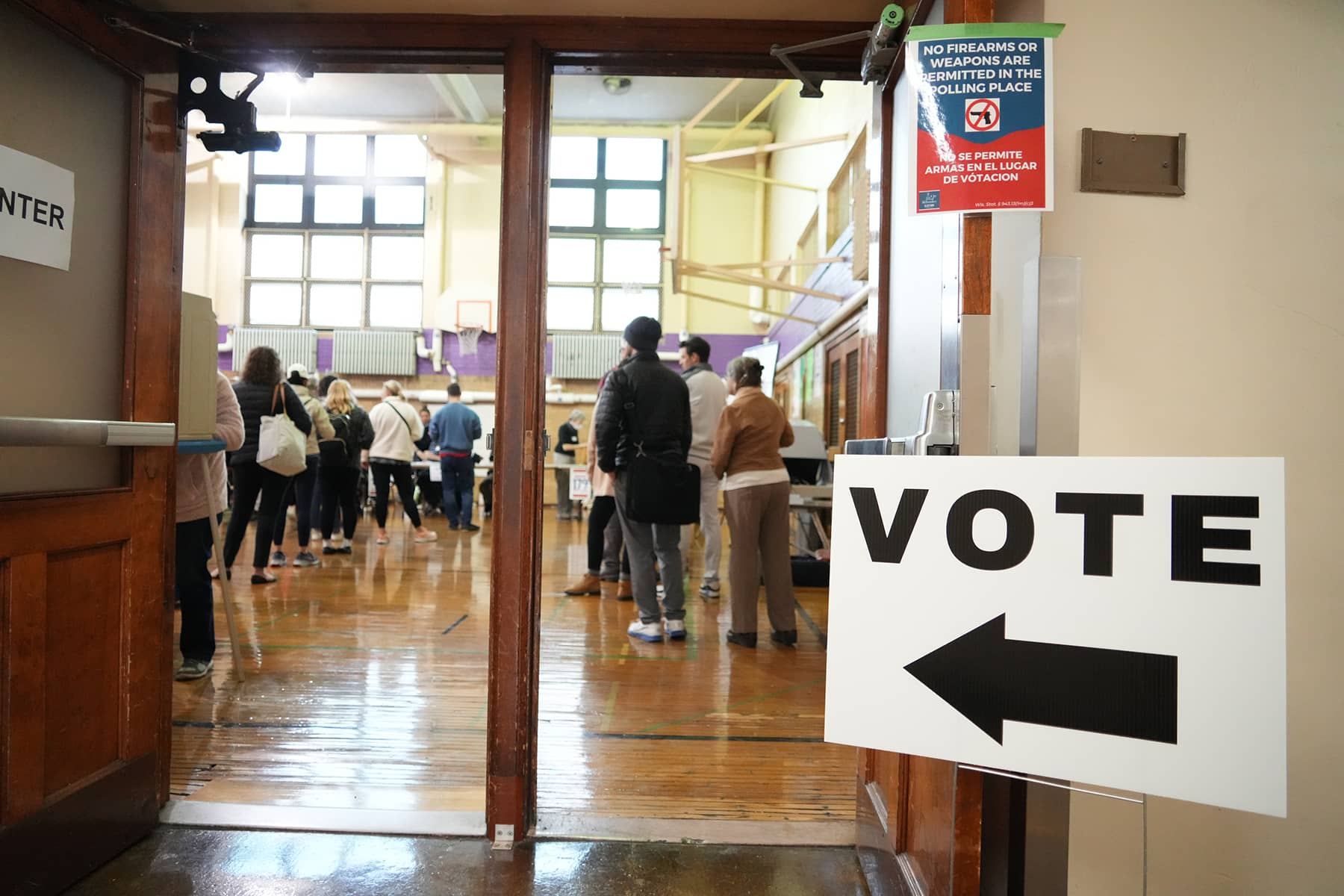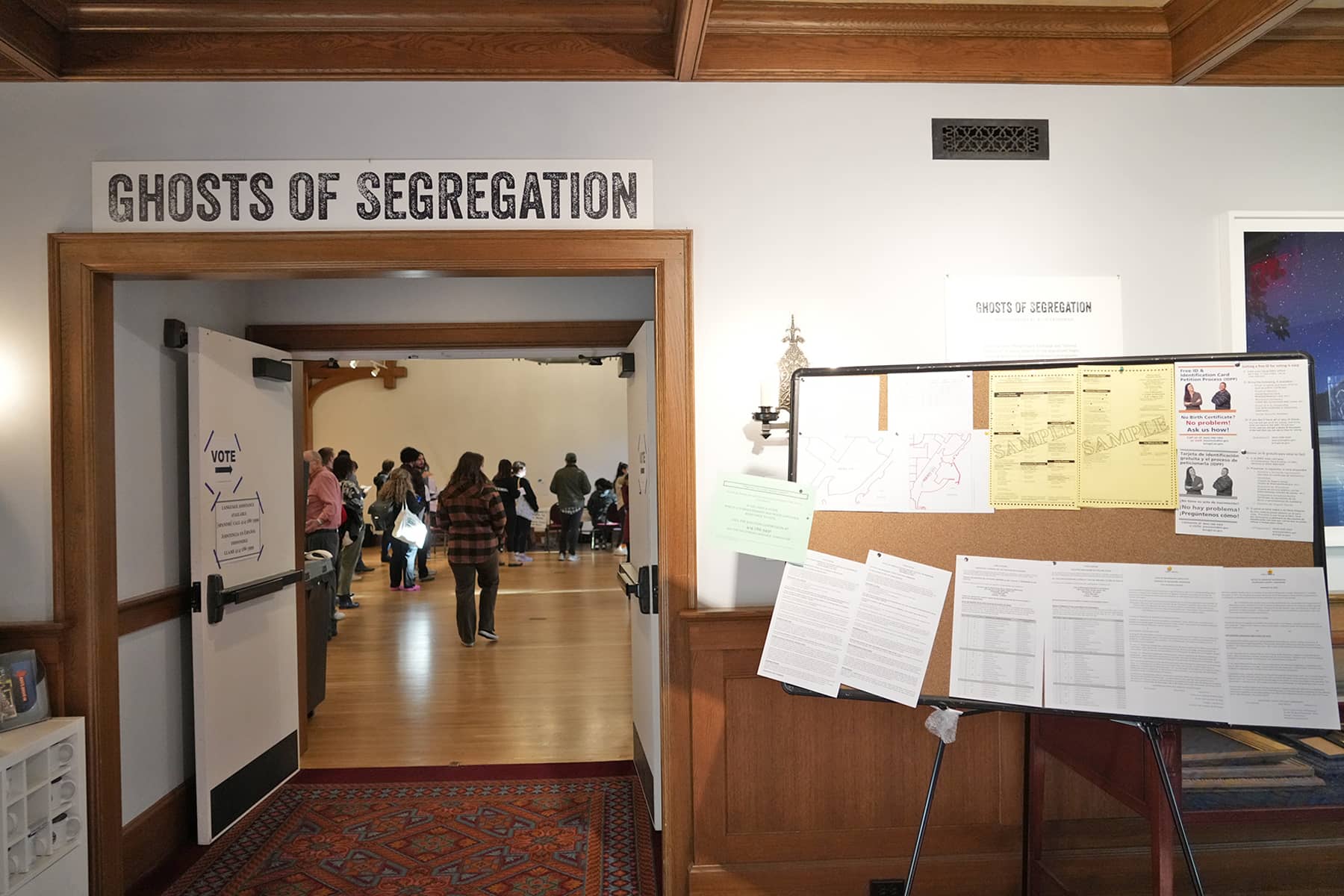
The winds blowing in Washington and many communities post-election just might be a sigh of relief. The red wave, or red tsunami as Ted Cruz boasted, evaporated. “There wasn’t even a red splash,” as New York Times columnist Jamelle Bouie put it.
Democracy, as President Biden emphasized, was on the ballot, and a clear majority of voters had no truck for those most aligned with a lurch toward authoritarian rule. Despite the dreams of the far right, and predictions of many pundits and pollsters that voters would overlook the insurrection and election conspiracy theories because of inflation, the results largely told a different story.
Election denier Republicans, those most likely to overturn future elections, lost critical Governor and Secretary of State races, often by large margins, especially in swing states Pennsylvania, Michigan, Arizona, and Nevada.
Despite their high profile defeats, as the Washington Post noted, at least 150 election deniers were winning in House races as of November 12.
Retaining Democratic Party control of the Senate alone is a major triumph in blunting a Mitch McConnell-led Senate that would likely forward major assaults on social insurance programs and block the critical appointment of federal judges need to provide balance to a court system corrupted by Trump and McConnell the past four years.
Democrats also flipped several state legislatures, notably both Michigan’s House and State Senate, as well as Pennsylvania’s House, and Minnesota’s State Senate, all major efforts to defend democracy in that state and block punishing attacks on working people and families as seen so often, especially in Michigan the past decade.
“We had a very narrow path to saving American democracy this year, and we just might have begun that journey,” Robert Kuttner wrote.
How did those steps—which also reversed the historic trend of huge losses for the party in power in a first midterm election—begin? Continued repudiation of Trump and Trumpism and disgust with the most extreme conspiracy advocates like Tudor Dixon in Michigan, Doug Mastriano in Pennsylvania and Blake Masters in Arizona is a major part of the story. But many other factors were in play as well.
The Supreme Court’s fanatic ruling overturning a half century of abortion rights was a major factor in turning out votes for supporters of reproductive freedom, especially among women with an ongoing gender gap, though that margin was less than in the past two elections.
Voters also backed abortion rights on several ballot measures, most prominently in Michigan where reproductive rights were enshrined in the state constitution, and in deep red Kentucky where voters defeated an anti-abortion proposal.
Nearly half of Michigan voters and a third of Pennsylvania voters named abortion as their most important issue, a major factor in Michigan Gov. Gretchen Whitmer’s re-election win and for John Fetterman in flipping a Pennsylvania Senate seat.
Abortion rights was a key factor in the demographic group that probably served as the greatest barrier to the red wave, Gen Z and young Millennial voters.
A CNN poll found that voters under 30 favored Democratic House candidates by a massive 28 points. At the University of Michigan, student voters favored Whitmer by 94 percent. Despite his election loss overall in Texas, University of Texas in Austin students voted by 89 percent for Beto O’Rourke for governor. In Pennsylvania, Fetterman racked up 70 percent of the under 30 vote.
Climate crisis and gun safety were other major concerns for the youth vote. Max Frost, a progressive activist who will be the youngest member in the new Congress after winning a Florida House seat, has said he became active at 15 after the Sandy Hook gun massacre.
Young voters were also the least manipulated by GOP efforts to exploit cultural war issues including grotesque ad campaigns seeking to terrorize trans youth and their families, on which far right dark money groups spent over $50 million with such little success Semafor’s Benjy Sarlin tweeted “some R’s are pointing fingers.”
Black, Latino, and Asian American/Pacific Islander communities remain the most prominent base for Democrats, despite much chronicled attempts by Republicans, often with blatant efforts to divide communities of color with openly racist appeals based on immigration and fear mongering on crime and cultural issues.
Exit polls did show Republicans making inroads of four and seven points among Black voters, seven points among AAPI and up to 10 points among Latino voters, said the Washington Post. Latino erosion was most evident in Florida among conservative immigrants from Cuba, Venezuela, and Nicaragua, but could also be seen in South Texas.
“Black and brown voters, particularly Black and brown women, continue to be the base of the party,” Aimee Allison, president of She the People told the Post, “but the Democrats cannot take their support for granted. They need to take action.”
Some community leaders and activists cite the inability of Democrats to stop the assault on voting rights, and the shift away from the goals of policing reform that followed the murder of George Floyd goaded by Republican demagogic rhetoric on crime.
Others also note Democratic Party establishment strategists who prioritize outreach to white working class voters who continue to vote by a majority for Republicans over the economic struggles and discrimination faced by communities of color that led to insufficient mobilization of Black voters.
Though the Democrats did repel much of the predicted wave, questions about poor Democratic Party messaging undercut the ability to further limit losses. In addition to abortion rights, which most Democratic candidates did emphasize, exit polls illustrated other critical issues that had only minimal focus, especially on the rising costs, jobs, health care, climate change, public health in the face of the ongoing pandemic, and gun safety.
Democrats had a story to tell on all those issues, but little of it appeared in many campaigns. As the New York Times reported, Democrats spent more than 10 times as much on ads focused on abortion rights than they did on economic concerns about rising costs.
And while allocating just $31 million on spots on inflation, the Democrats spent nearly $140 million on crime ads. The Democrats message on crime symbolized a defensive posture that characterized too much of their overall campaign, trying to outdo Republicans in being tough on crime rather than calling out the disinformation of the alarmist GOP rhetoric, pointing out that crime rates were not exploding, or condemning the racist undertones of the GOP messaging on crime.
“I definitely think that we weren’t wrong by focusing on Dobbs when it happened, because it was so earth-shattering,” Chuck Rocha, a Democratic strategist who focuses on Latino voters told the New York Times. “The question should have been: Could we have done that and packaged together economic populism along with the Dobbs decision?
Voters, of course, have the ability to process messaging about both. Where was the recognition, for example, of Democratic achievements providing child tax credits and rental assistance in their Covid stimulus bill, creation of infrastructure and green economy jobs, and cuts in drug prices and other Medicare costs in major legislation enacted by the Democratic-led Congress.
Where were the ads citing Republican hypocrisy on inflation by the GOP unanimous opposition to extending the child tax credits, universal pre-school aid, paid family and medical leave, a cap on insulin costs, additional health care support, and more assistance for affordable housing.
Only late in the campaign, especially in campaign stops by Barack Obama and Bernie Sanders, did voters hear more about the Republican agenda—gutting Social Security and Medicare, repealing the provision for Medicare to negotiate lower drug prices, and more tax cuts for the super wealthy and corporate executives.
The power of more issue focused campaigns should be evident in little reported victories beyond the wins on the abortion rights measures.
On voting rights, Michigan, voters approved a measure requiring nine days of early voting, and more ballot drop boxes. Arizonans passed an initiative requiring more transparency for campaign contributions. Connecticut voters approved a constitutional amendment allowing for early voting.
On health care, South Dakota’s voters became the seventh state to rebel against their Republican lawmakers’ refusal to expand Medicaid, choosing by a large majority to expand Medicaid coverage and add language to the state constitution barring additional restrictions on eligibility or enrollment. Many Medicare for All supporters were reelected to Congress, and new single payer advocates will be coming to Congress, including progressive House winners Summer Lee in Pennsylvania, Greg Casar in Texas, and Maxwell Frost in Florida, and Fetterman in the Senate.
Voters in Alabama, Oregon, Tennessee, and Vermont elected to end the draconian practice of involuntary labor and slavery as punishment for a criminal conviction.
Illinois voters approved a sweeping labor rights amendment to the state constitution that would declare collective bargaining a constitutional right, and bar anti-union “right to work” laws and any other law that “interferes with, negates, or diminishes the right of employees to organize and bargain collectively.”
“The battle to save democracy is far from over, but these trends are a sign that at least the “ballot fraud” fever has peaked,” said Kuttner, adding “some of the deeper problems with democracy are still baked in—the grotesque amounts of special-interest money being spent; the partisan gerrymandering; and the far-right capture of the Supreme Court.”
Writing in The Nation, Elie Mystal warns that “Republican governors, legislatures, and judges have stacked the deck so that a merely good night isn’t enough—Democrats need to have great nights to stay in the game… Even though voters largely rejected antidemocratic candidates, the antidemocratic gerrymanders (stacked courts and other voter suppression) still produced Republican victories. If losing only a little feels good, it’s because the system is designed to make Democrats lose by a lot.”
The key, of course, remains for broad coalitions that will both fully challenge the right, especially the entrenched anti-democratic tendencies and the racist, misogynist, anti-LGBTQ, and anti-immigrant threats they have engendered, and overcome the resistance of the corporate-dominated Democratic establishment.
Progressive activists and organizations, including many in labor, in this election did the hard work on the ground and in campaigns that were crucial to a number of the victories in battleground states.
Charles Idelson
Lee Matz
Originally published as What—If Anything—Will US Military Learn From Putin’s Disastrous Ukraine Invasion?
© 2021 TоmDіspаtch.com
















